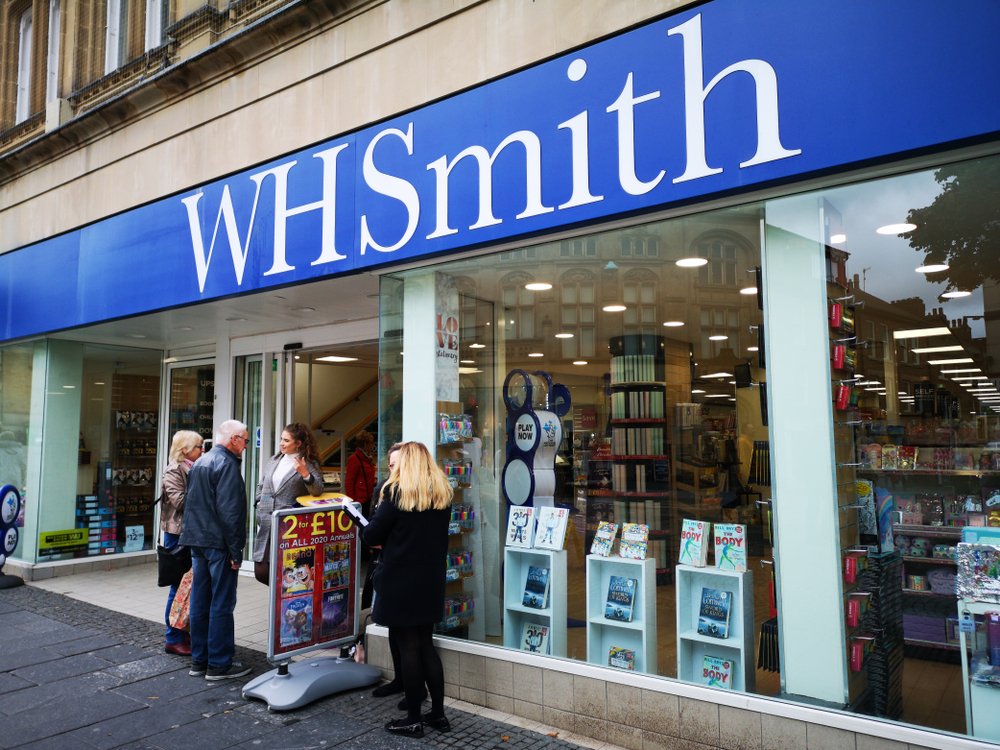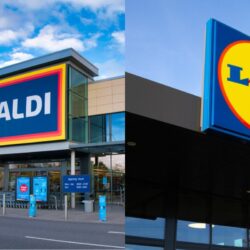There is currently an abundance of new promotional & technological initiatives being seen on the British high street, with many established and well-loved retailers investing in marketing projects to stand out in a crowded market.
In recent times, the market as a whole has embraced the opportunities afforded by a multichannel presence, but arguably no company has been more successful in this endeavour than technology giant Apple, outsmarting competitors and setting trends through constant innovation.
Where other retailers in the same sector may fall flat in providing the optimum brand experience in store, Apple has an open door policy, allowing users to browse its products with no obligation to open their wallet.
Could this be a model for UK retailers to aspire to, shifting their focus away from simply selling products in store to building an atmosphere that caters for the customer‘s particular tastes and ideals?
According to customer intelligence agency, Indicia, 20 per cent of audiences have become mini-brands themselves, known as Brands In Their Own Right (BITOR)s.
Communicating their likes and dislikes through social media channels such as Facebook allows for them to be approached by the brand rather than the other way around, a seismic shift in the way the sector operates.
Ian Stockley, Managing Director at Indicia, commented on these promotional changes.
“We‘ve seen the rise of savvy shoppers, but this is the next generation,” he told Retail Gazette.
“Historically, it was the brands that had the control, pushing their messages and products; but times are changing.
“Consumers are seeing the value of social media in putting themselves in the shop window for brands to target them with highly targeted offers. Marketers who are yet to identify the trend for consumers to become BIORs as social media becomes a greater part of our lives risk missing out on a growing audience with money to spend.”
Marks and Spencer (M&S) has cultivated and maintained a reputation as a reliable British retailer by updating its ranges in store and differentiating itself from its competitors through innovation.
One such brave decision was the ‘papple‘, an apple that tastes like a pear. This move emphasises the retailer‘s awareness that the appeal is not just the products but creating a culture of trust with the consumer by updating already high quality merchandise.
Creating inspiring packaging is a major focus for the company, with its ranges often informed by consumer trends and public interest, with a Queen‘s Diamond Jubilee celebrations-themed food range a recent addition to its offering.
Daniel Himsworth, Corporate PR Manager at Marks and Spencer, told Retail Gazette: “Throughout our history, we‘ve worked hard to ensure our offer continues to be relevant to our customers.
“Customers are at the heart of the M&S business and through our in-house Customer Insight Unit, we ensure their needs are recognised in all our business decisions.
“Through a combination of focus groups and consumer research, we are in touch with over 17,000 customers every month, helping us anticipate their needs and respond quickly to trends.”
Elsewhere, Burberry has taken the fashion sector by storm through a plethora of new innovations, all with the intention of embedding the brand in the consumer‘s consciousness.
In terms of digital marketing, it has doubled its Facebook fans in the last year alone. Unique takes on what constitutes a fashion show have attracted attention from all over the world, making it the hottest ticket in town during the maelstrom of London Fashion Week.
Most recently, digitally projected holograms of models during a catwalk show were fused with the real-life versions at the Beijing store opening. Creating all the pomp of a magician‘s trick, the holograms then disappeared into a
RELATED STORIES

















